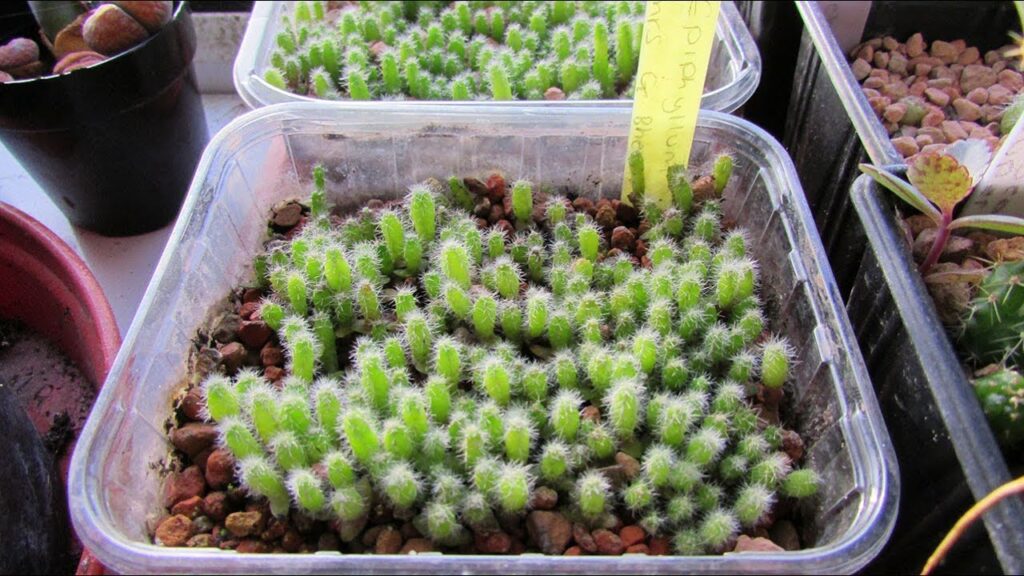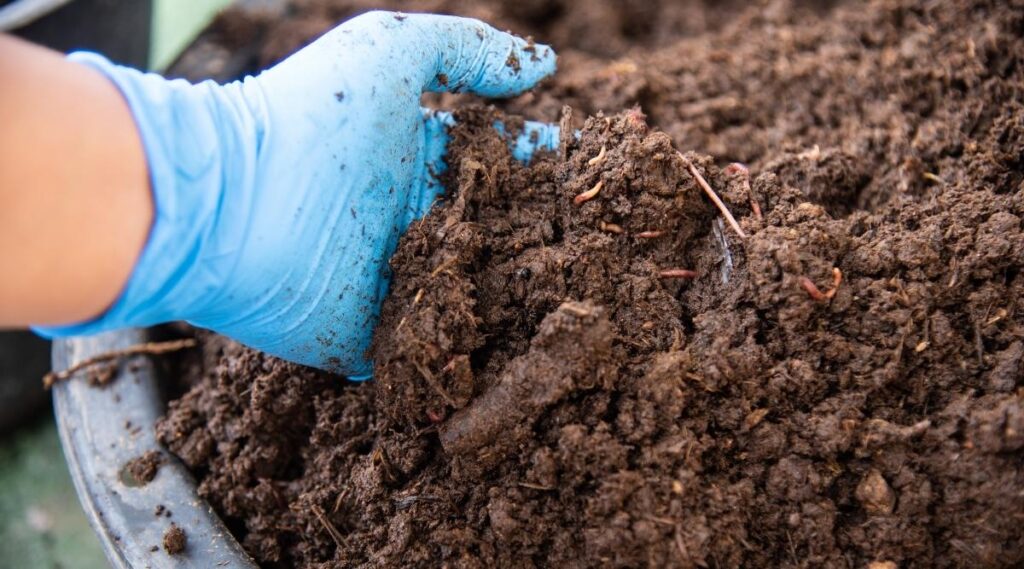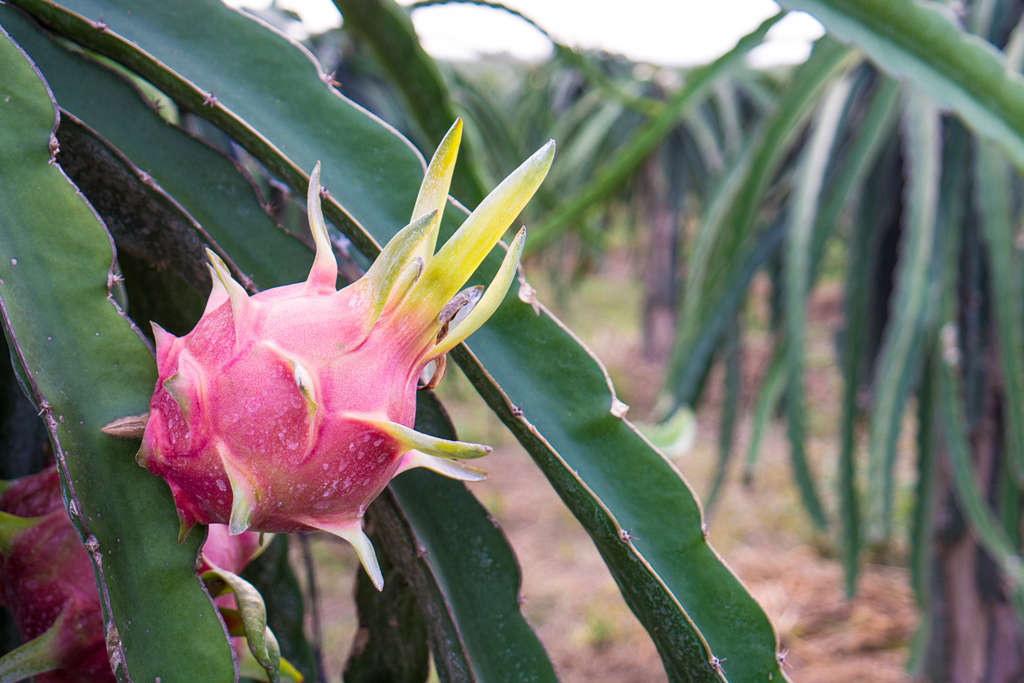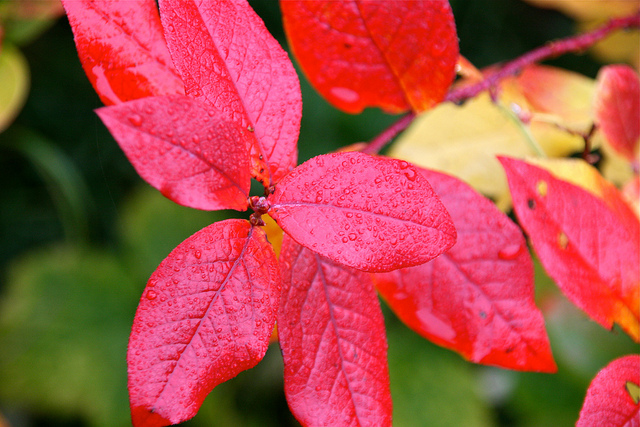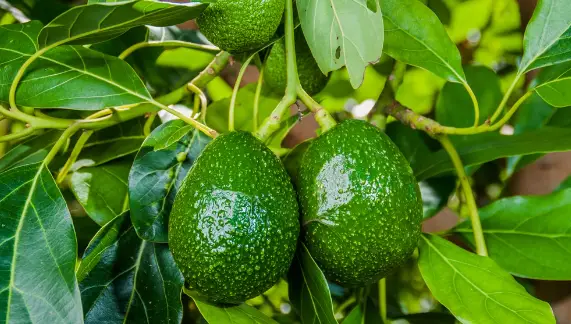If you grow fruit trees, it’s really important to prune them every now and then. This isn’t just to make the tree look nice; it also helps the tree grow better and stay small enough to manage. You might be wondering how to prune a fruit tree to keep it small and healthy. Don’t worry! We’ll walk you through the steps in this guide.
Table of Contents
- Why Should You Prune Your Fruit Tree?
- What’s the Best Time to Prune?
- The Right Tools for Pruning
- How to Prune Your Fruit Tree Step by Step
- Step 1: Get Rid of Suckers and Water Sprouts
- Step 2: Take Out Dead or Sick Wood
- Step 3: Thin the Branches
- Step 4: Shape the Tree
- Step 5: Take Care of the Tree
- To Wrap It Up
- Got Questions?
- How often should I prune my fruit tree to keep it small?
- Can I prune my fruit tree when it’s growing?
- How do I know which branches to take out?
- Can pruning stop my fruit tree from getting sick?
- Should I use anything on my tree after pruning?
Why Should You Prune Your Fruit Tree?
When you prune, you get rid of parts of the tree that are dead, sick, or broken. This helps new, healthy growth. Pruning is also a way to shape your tree and make it grow more fruit. If you don’t have much space, or you just want to pick the fruit without climbing a ladder, pruning can help control how big your tree gets.
What’s the Best Time to Prune?
You should prune your fruit tree when it’s asleep, not awake and growing. This usually means winter. Pruning then is better because it won’t hurt the tree as much and it will grow back strongly in the spring.
The Right Tools for Pruning
Before you start, make sure you have the right tools:
- Pruning shears
- Loppers
- Hand saw
- Pole saw (for tall trees)
Keep your tools sharp and clean to avoid damaging your tree.
How to Prune Your Fruit Tree Step by Step
Now, grab your tools, and let’s prune your fruit tree to keep it small:
Step 1: Get Rid of Suckers and Water Sprouts
Suckers grow from the tree’s base or roots, and water sprouts come out from the trunk or branches. They can steal energy and food from the tree, so you want to cut these off right at the base with your pruning shears or loppers.
Step 2: Take Out Dead or Sick Wood
Look for any wood that looks dead, has bugs, or shows signs of disease. It’s important to cut these off with your shears, loppers, or hand saw to keep the tree healthy.
Step 3: Thin the Branches
Thin out branches to make the tree easier to handle. Remove any that are tangled up, too close together, or not growing the right way, like straight up or down, because they don’t help the tree’s shape or fruit-making very much.
Step 4: Shape the Tree
After removing the parts you don’t need, it’s time to shape the tree. Different fruit trees might need different shapes, but usually, you want the middle of the tree to be open so light and air can get in. This encourages the tree to grow well and make lots of fruit.
Step 5: Take Care of the Tree
After prunlng, keep taking care of your tree. Cut off any more dead or broken branches, and thin out new growth if you need to. Doing this regularly will help your fruit tree stay in good shape for a long time.
To Wrap It Up
Pruning your fruit tree to keep it small is a task that takes some skill, but it’s worth it.
Follow this guide to ensure your fruit tree is happy and doesn’t get too big. Remember, prune when the tree is sleeping in winter, use clean and sharp tools, and cut off all the parts that aren’t helping the tree. If you aren’t too sure about something, you can always ask an expert for help. As you practice, you’ll get better at it!
